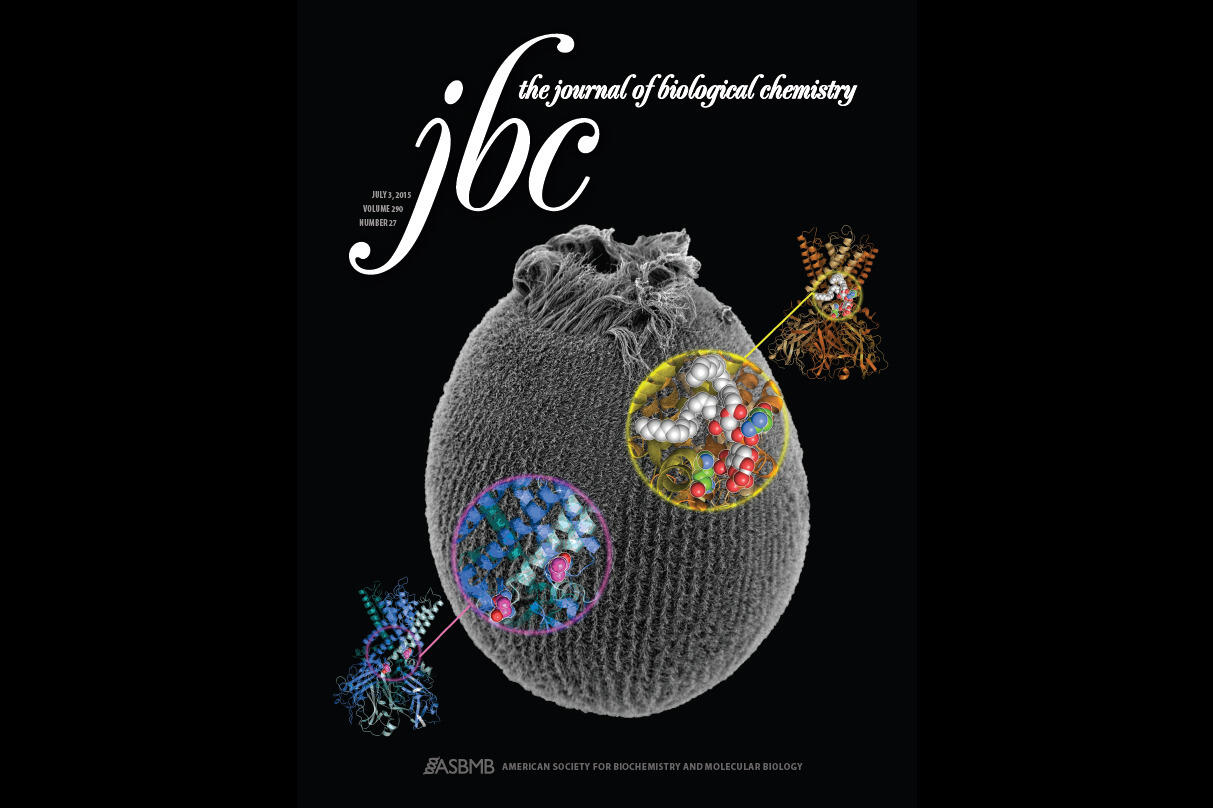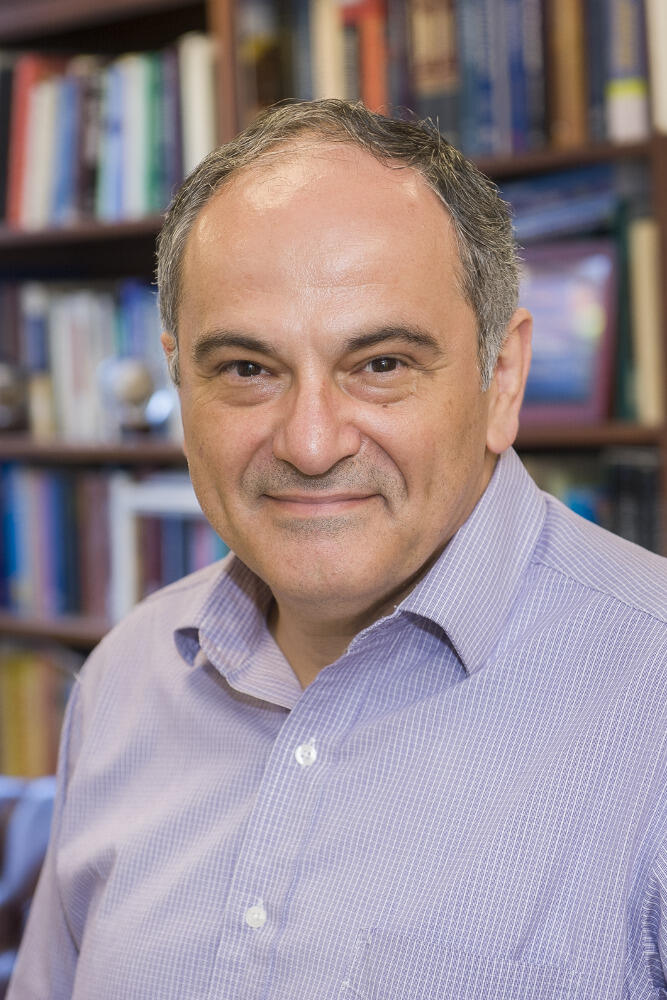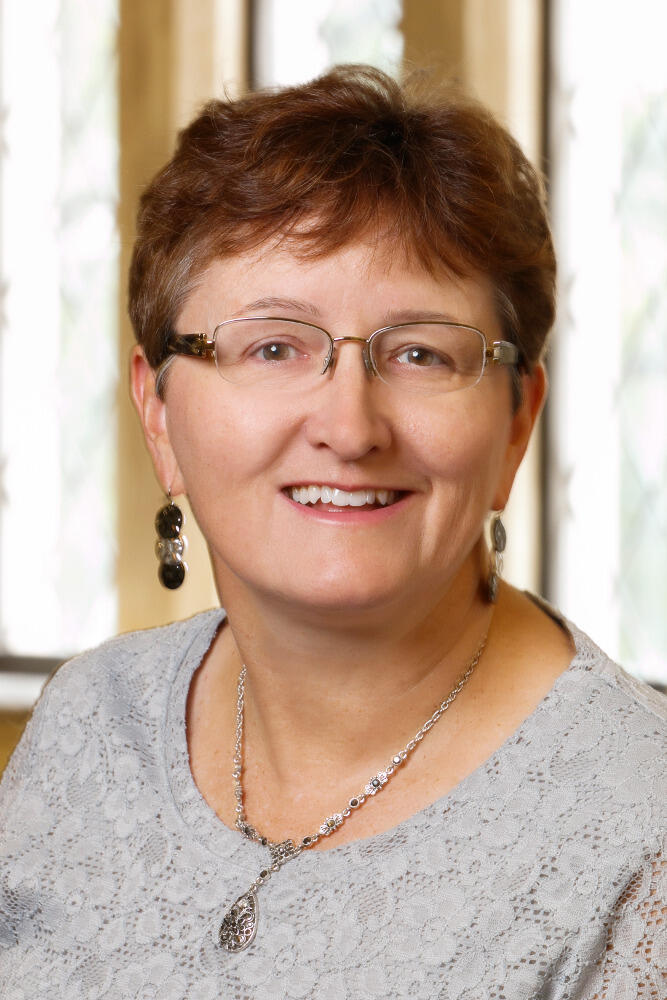
July 24, 2015
Changing channels: Findings illuminate animal evolution in protein function
Share this story
Virginia Commonwealth University and University of Richmond researchers recently teamed up to explore the inner workings of cells and shed light on the 400–600 million years of evolution between humans and early animals such as sponges.
In a new paper published in the Journal of Biological Chemistry, the team reported its discovery that humans and other vertebrates have key components needed for cell communication and function that were absent from the sponge and other distant relatives.
The paper, “Nature’s Mutations Evolved a High Affinity PIP2 Binding Site in Vertebrate Inwardly Rectifying Potassium Channels,” describes how the study of “nature’s mutations” can explain the functional consequences of evolution in distantly related animal species.
The team was led by Linda Boland, Ph.D., chair of the Department of Biology at the University of Richmond, and Diomedes Logothetis, Ph.D., professor and chair of the Department of Physiology and Biophysics at VCU’s School of Medicine.

Ion channels allow cells to pass electricity back and forth. Researchers looked specifically at Kir channels, which conduct potassium ions out of cells and help maintain normal cellular activity.
For the most part, human and sponge ion channels are the same. The recent paper explores one key difference that researchers now believe developed about the time the first animals evolved. This means the changes in question occurred more recently than the appearance 2 billion years ago of complex cells, providing more evidence as to when and how the first animals evolved from single-cell organisms, or prokaryotes.
“Evidence suggests that eukaryotic cells evolved from prokaryotic cells,” Boland said. “Among eukaryotes, when sponges evolved is subject to some debate, but they seem to be positioned at a key point in animal evolution.”

All vertebrate Kir channels are activated by PIP2, a phospholipid in cell membranes that “is a master regulator of protein function,” Logothetis said, and therefore triggers biochemical reactions key to intracellular function.
The sponge Kir channel, however, does not share this high affinity with PIP2 as it lacks two amino acids necessary for the interaction.
Researchers compared amino acids in both sponge and mammal Kir channels. They found that introducing mammalian amino acid residue into the sponge channel makes it highly sensitive to PIP2, Logothetis said.
Properly operating Kir channels are critical for cell function. Malfunctions in these channels have been cited in several diseases, including Anderson-Tawil syndrome, which causes muscle weakness, changes in heart rhythm and developmental abnormalities.
“Understanding more about the critical components of the PIP2 binding site could present some unique therapeutic targets for regulation of the human ion channel,” Boland said.
What started as a strong collaboration between VCU and the University of Richmond has expanded to include a lab at the University of San Diego, widening the team’s scope.
Researchers now are focused on finding additional differences between the sponge and vertebrate ion channels and also studying the channels of other invertebrates such as cnidarians, the first animals to possess a nervous system.
They also will examine the origins of sodium and calcium channels that are needed for action potential generation, a phenomenon marked by transfer of electricity from one cell to another.
Thus far, the research has been supported by grants from the National Institutes of Health and the Jiangsu Specially-Appointed Professor Program, as well as undergraduate research grants and fellowships from the University of Richmond School of Arts and Sciences.
Featured image up top : An image from the VCU and University of Richmond research collaboration graces the July cover of the Journal of Biological Chemistry.
Subscribe for free to the weekly VCU News email newsletter at http://newsletter.news.vcu.edu/ and receive a selection of stories, videos, photos, news clips and event listings in your inbox every Thursday. VCU students, faculty and staff automatically receive the newsletter.
To learn more about research taking place at VCU, subscribe to its research blog, Across the Spectrum at http://www.spectrum.vcu.edu/
Subscribe to VCU News
Subscribe to VCU News at newsletter.vcu.edu and receive a selection of stories, videos, photos, news clips and event listings in your inbox.











